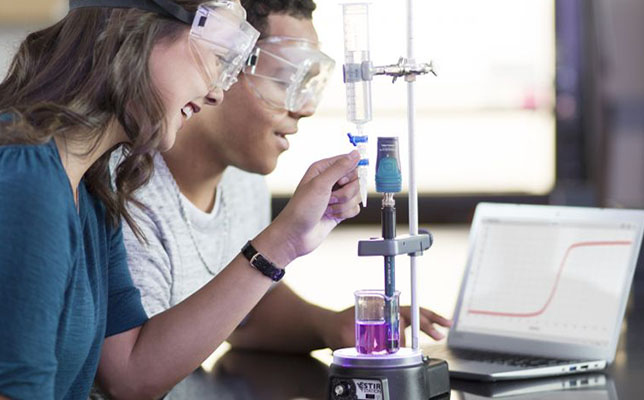Vernier Releases Sensors with Wireless, USB Connectivity Capabilities

Image Credit: Vernier Software & Technology.
Vernier Software & Technology today launched its Go Direct family of sensors, which enable scientific data collection wirelessly or via a USB connection. The 16 new sensors are ideal for chemistry, physical science and middle school science classes, the company said.
The Go Direct sensors can measure temperature, light, radiation, voltage, pressure and more. Each sensor is compatible with more than 190 experiments from Vernier, as well as the company’s Graphical Analysis 4 app. The app can collect data from multiple Go Direct sensors simultaneously. Students can use the Data Sharing feature to retrieve and share data from each sensor.
To learn more from Venier in person, visit booth 1539 at the TCEA conference taking place this week in Austin, TX, Feb. 6-10. Further information is available on the Vernier site.